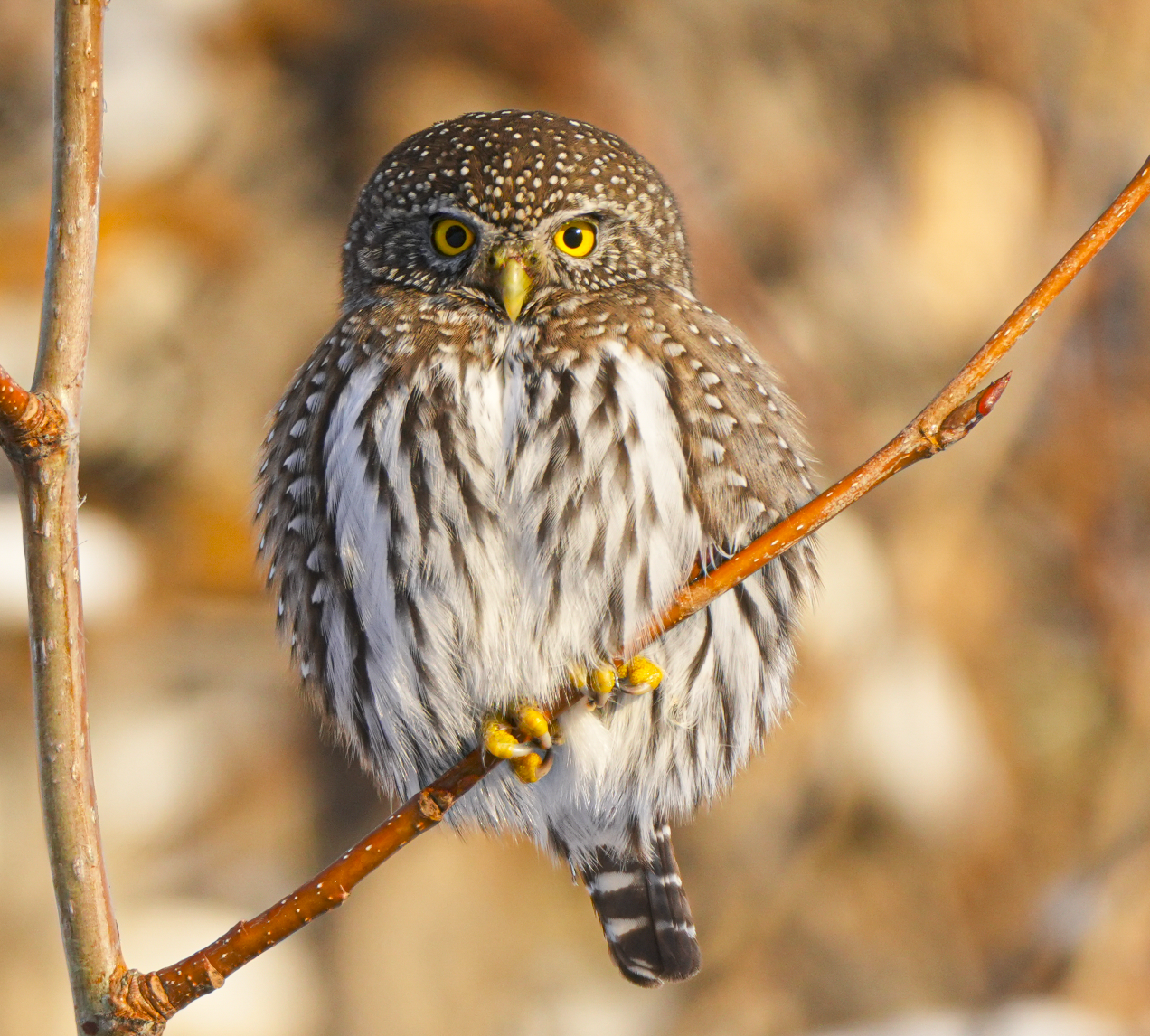January 5-11, 2025
Hints of change in the depths of winter

This week was a chance to enjoy the winter's healthy snowpack in the warmth of several gloriously sunny days.
Week in Review
It's interesting to watch how each week ebbs and flows over the course of the winter. In terms of wildlife observations, last week seemed dead quiet, but there was a lot more activity this week. I'm sure that many of these apparent changes are fairly arbitrary, but I'm always paying attention to see if any underlying patterns or trends emerge.

For instance, we had a report of a female coyote leaving behind a spot of blood, which is a sign of a dog being in heat. In his book Mammals of the Pacific Northwest, Chris Maser writes that "coyotes are capable of breeding by mid-January," so this seems to indicate that coyotes are starting their breeding season.

The snow may be deep, but lately we haven't been getting those large dumps of snow that would make things hard on our local deer. This gives them more time to stamp down trails to their favorite feeding spots and look for much-needed food. You'll often see them eating woody branches, which are very low in nutrition, and difficult to digest, but are sometimes all that deer can find.

One sign of mid-winter stress is the presence of scavengers congregating around a fresh kill. While some species struggle to survive, other species subsist on the harvest of unfortunate animals that don't make it through the winter. But even scavengers don't have it easy, and you'll notice that most scavenging birds are colored black because black is easy to see against the white snow and it helps birds like bald eagles, ravens, and magpies find each other around a kill site.


Black, conspicuous birds around a carcass are not the only sign of birds looking for food. It's a treat to find a spot where a hawk or owl has plunged into the snow to catch a small, fleeing mammal like a mouse. If you're lucky you might see a perfect imprint of the bird's wings marking the spot in the snow where the animal tracks suddenly end.

One of the best places to find birds in the Methow Valley continues to be Pearrygin Lake, where pine grosbeaks and various finches are still finding lots of ash seeds to feast on. With this many highly nutritious seeds still hanging around these birds are pretty lucky!


Observation of the Week: Great Horned Owl

There's nothing like hearing the deep hooting calls of great horned owls echoing through the trees on a still winter night. From the deepest depths of winter, while all other animals are hunkered down and trying to survive, great horned owls are already starting their breeding season.

Male great horned owls begin calling and proclaiming their territories in January, and females may begin sitting on eggs in early February (or even earlier in some areas). Why do these majestic owls start breeding so early in the year?!

Simply put, great horned owls nest early so their babies get a head start. Baby owls take a long time to grow up and learn how to hunt, but by starting early the parents ensure that their youngsters are off the nest and already learning how to be proficient hunters at the same time that the inexperienced babies of other birds and small mammals are venturing into the world for the first time in late spring.

Great horned owls are fearsome predators, able to take down larger animals like cats, skunks, peregrine falcons, and great blue herons, but they don't start out as proficient hunters. Many great horned owls die from starvation or injury while learning how to hunt, so their parents try to help them out by starting to nest in the middle of winter.

